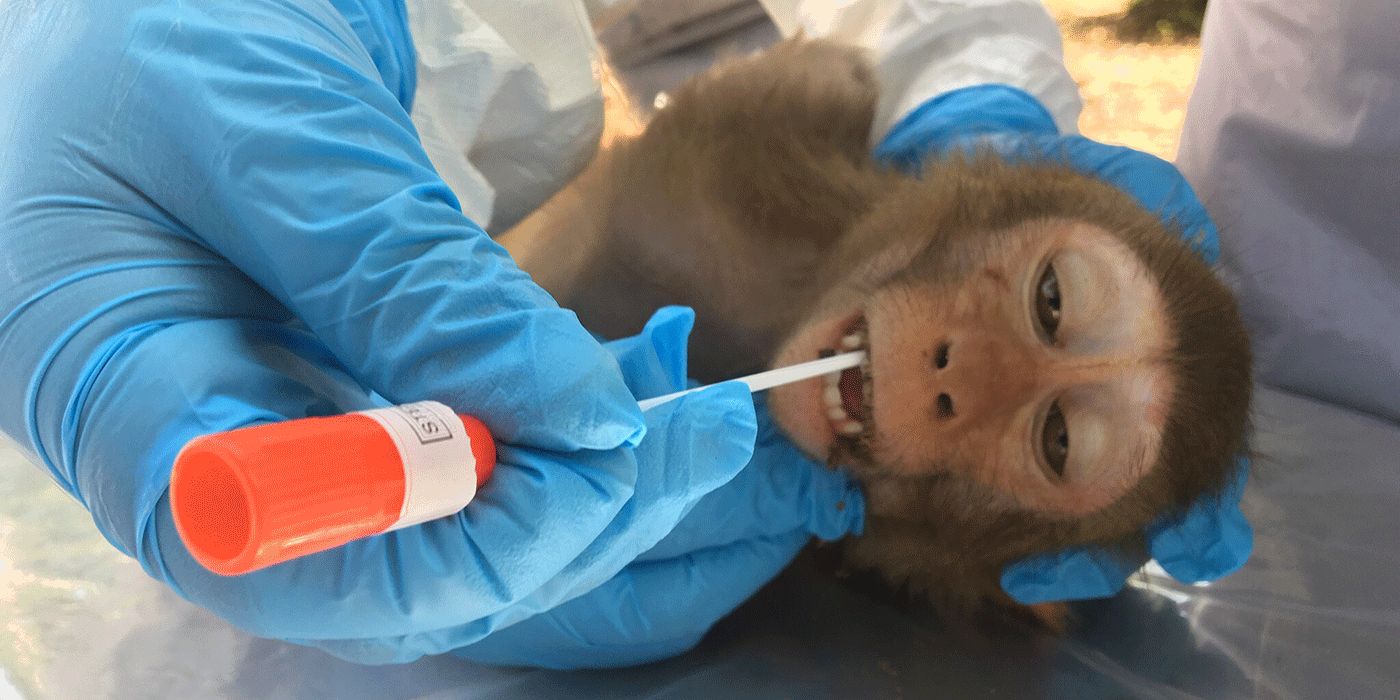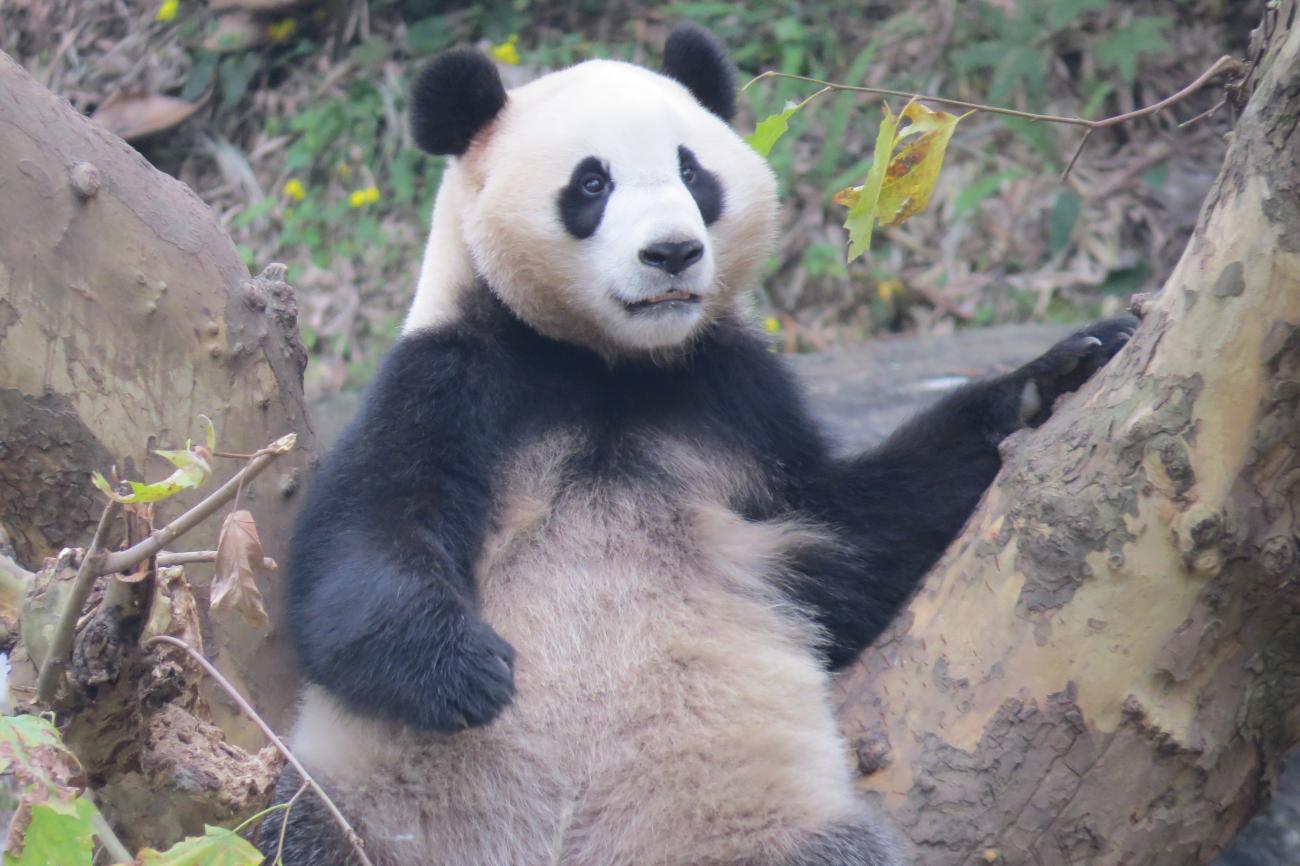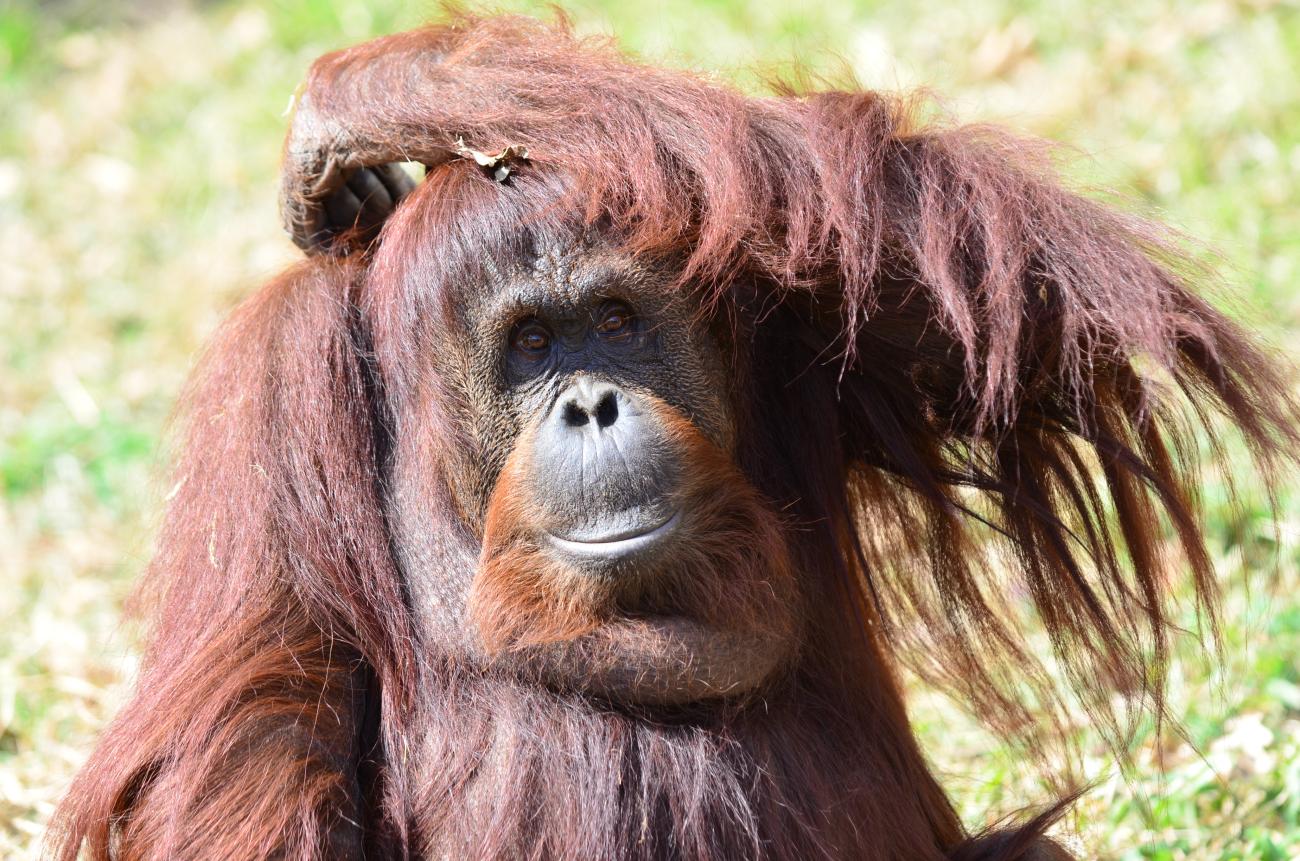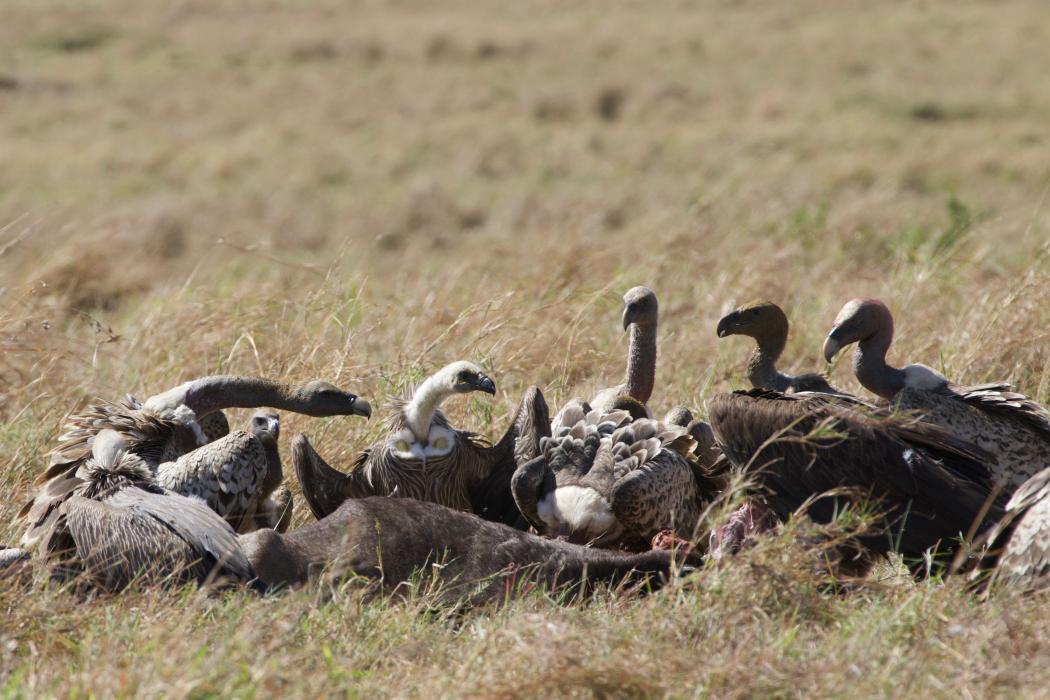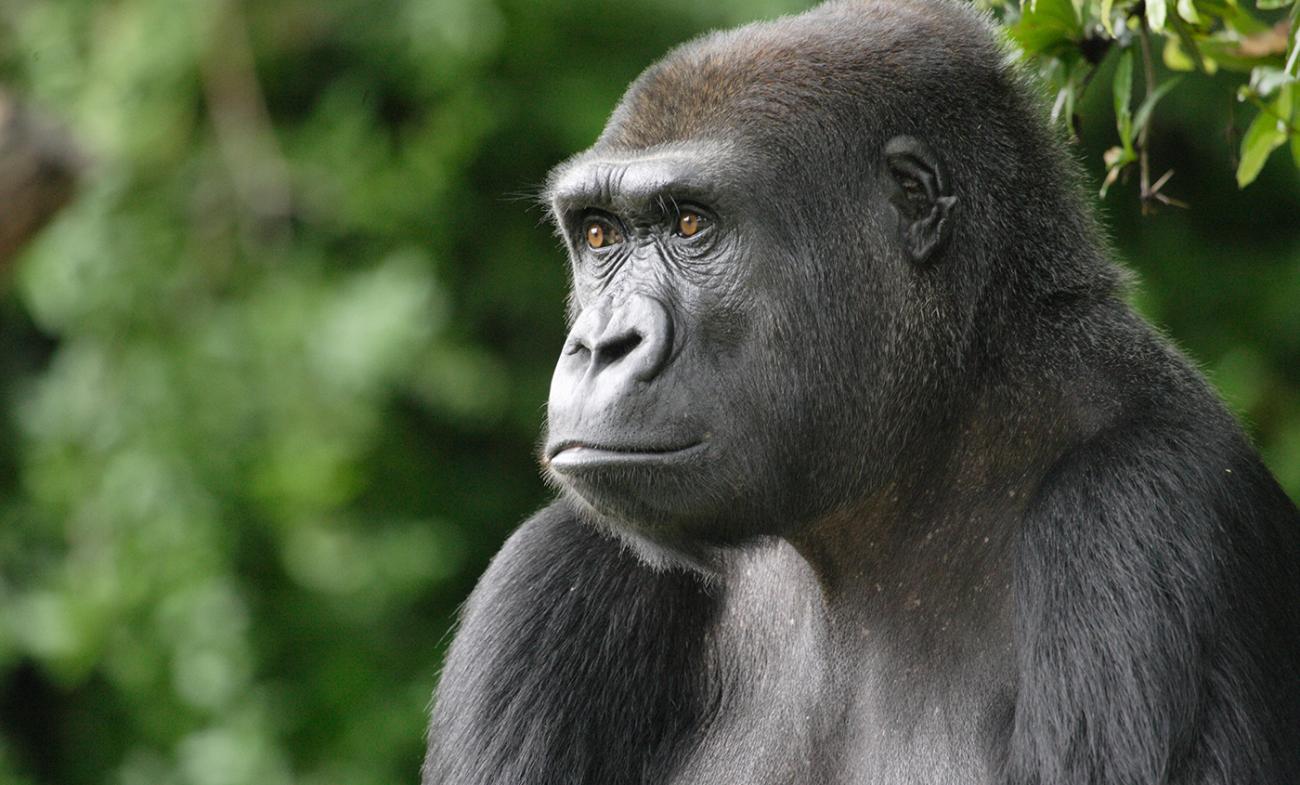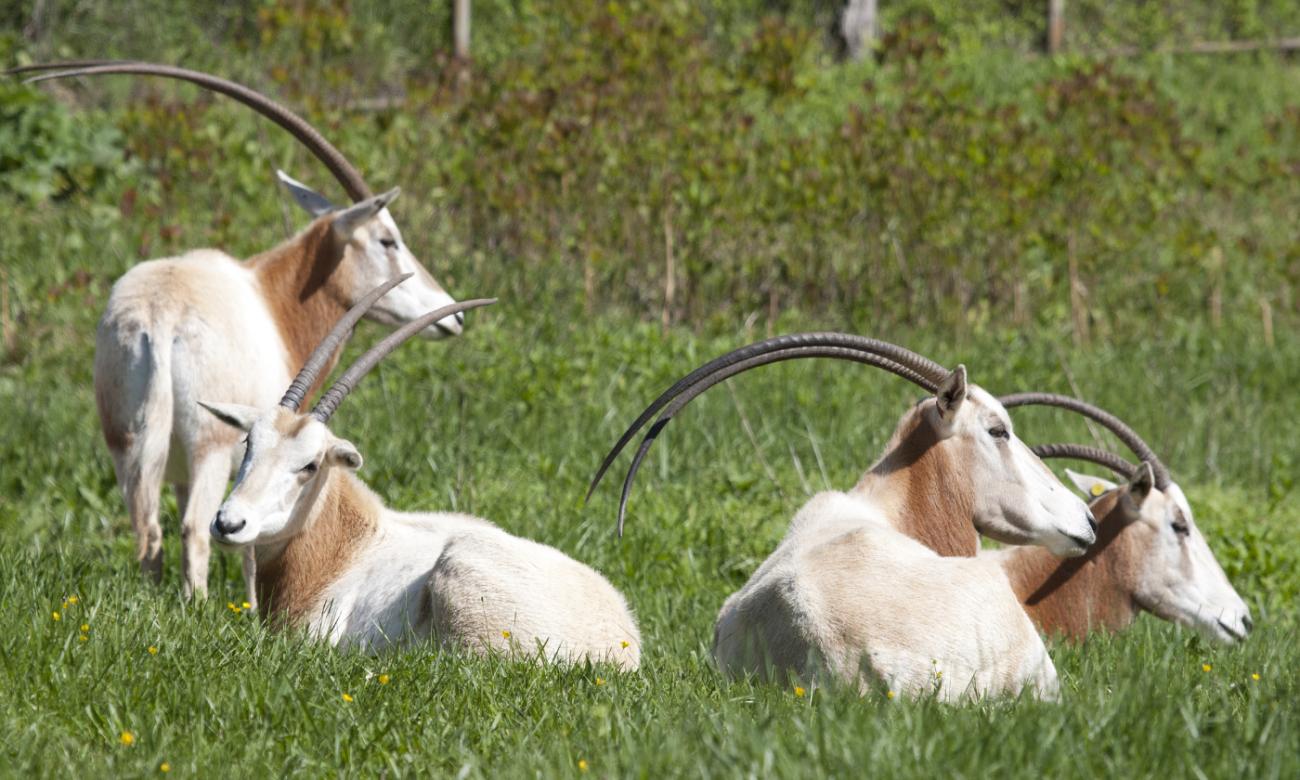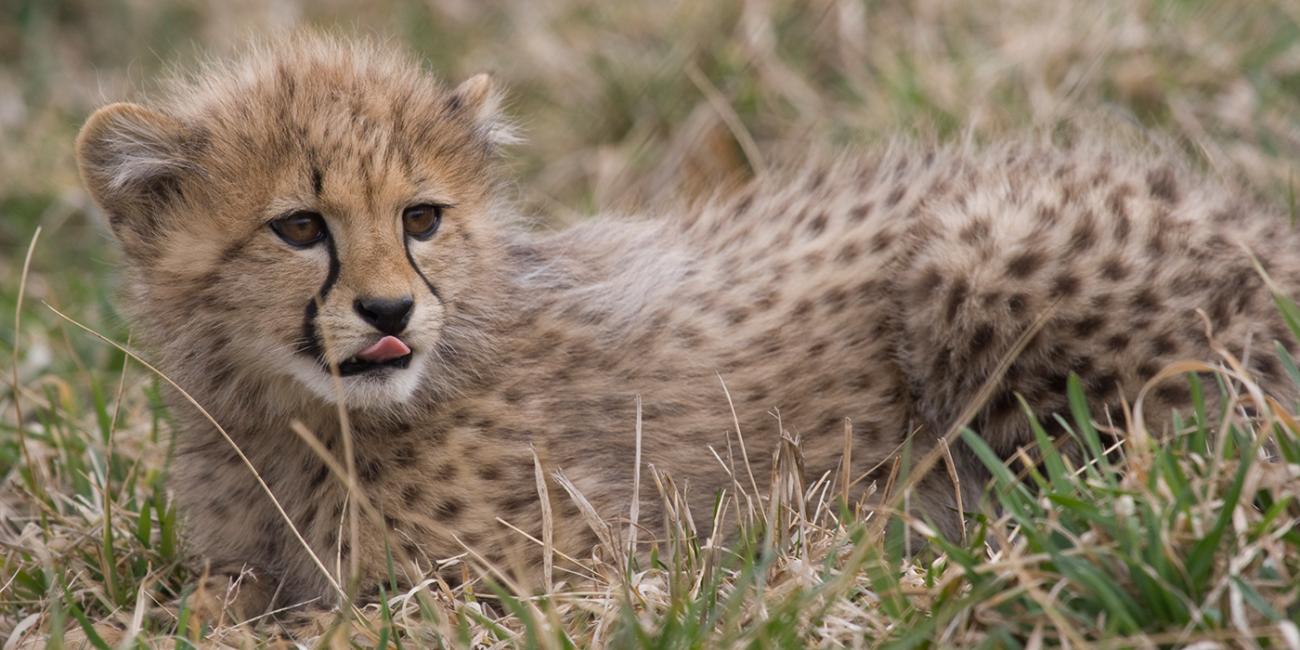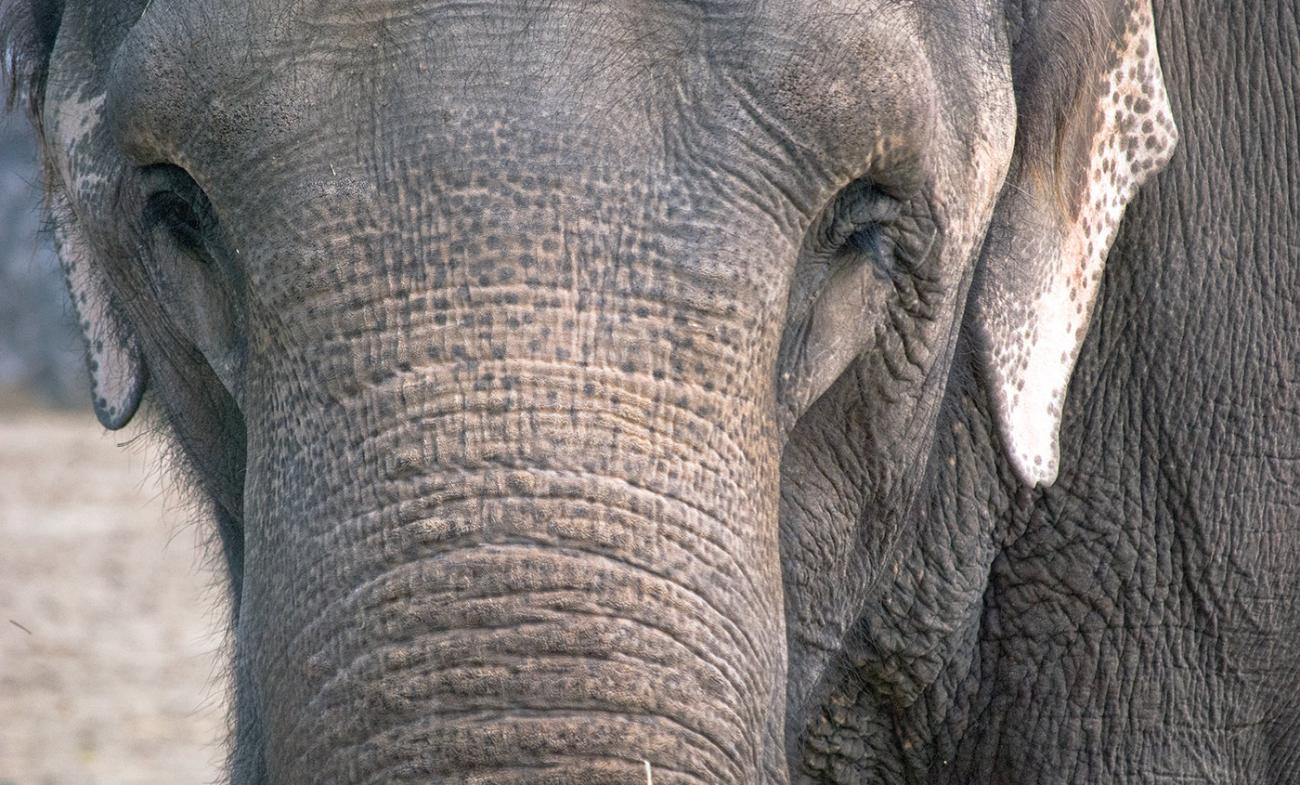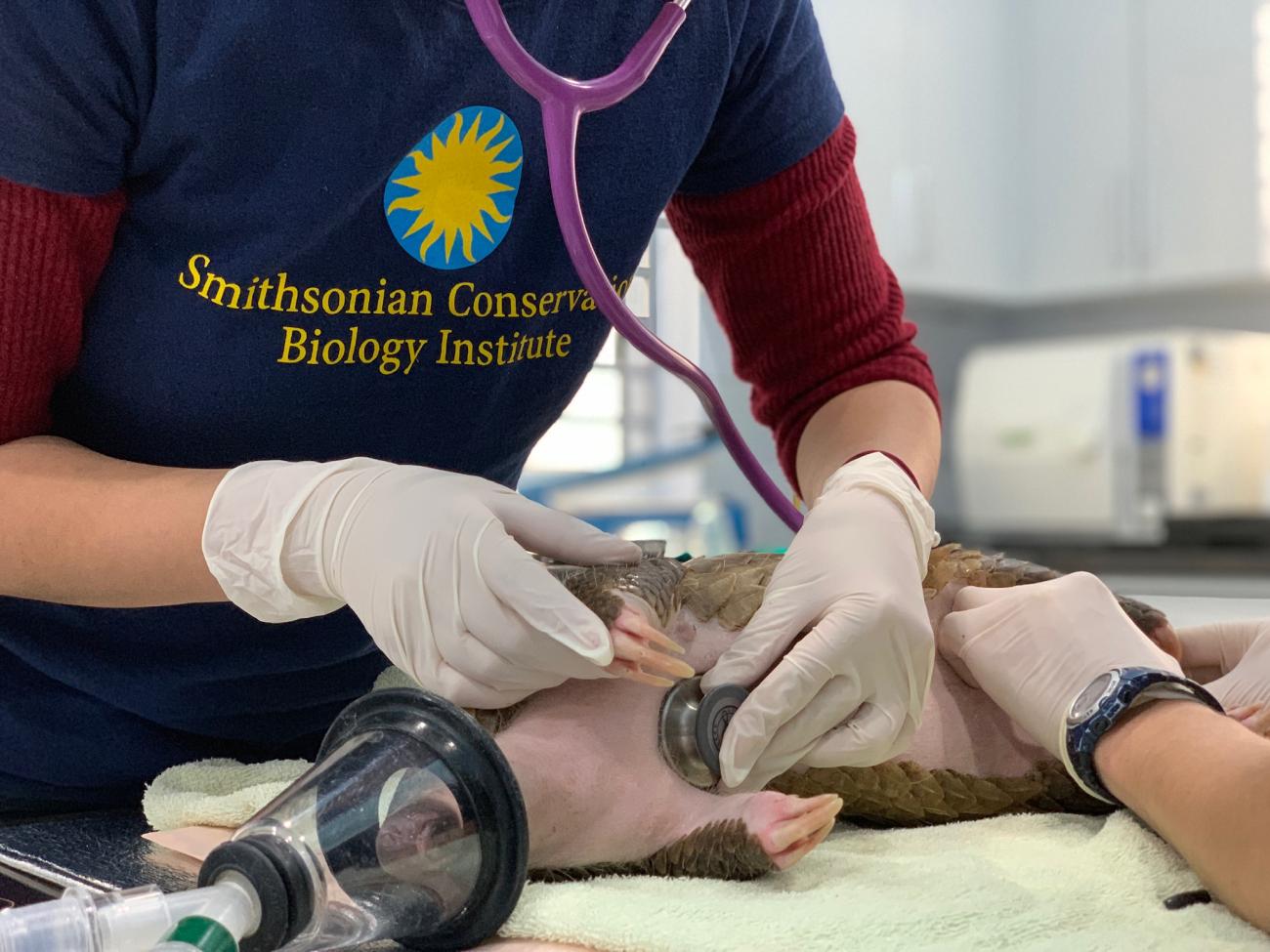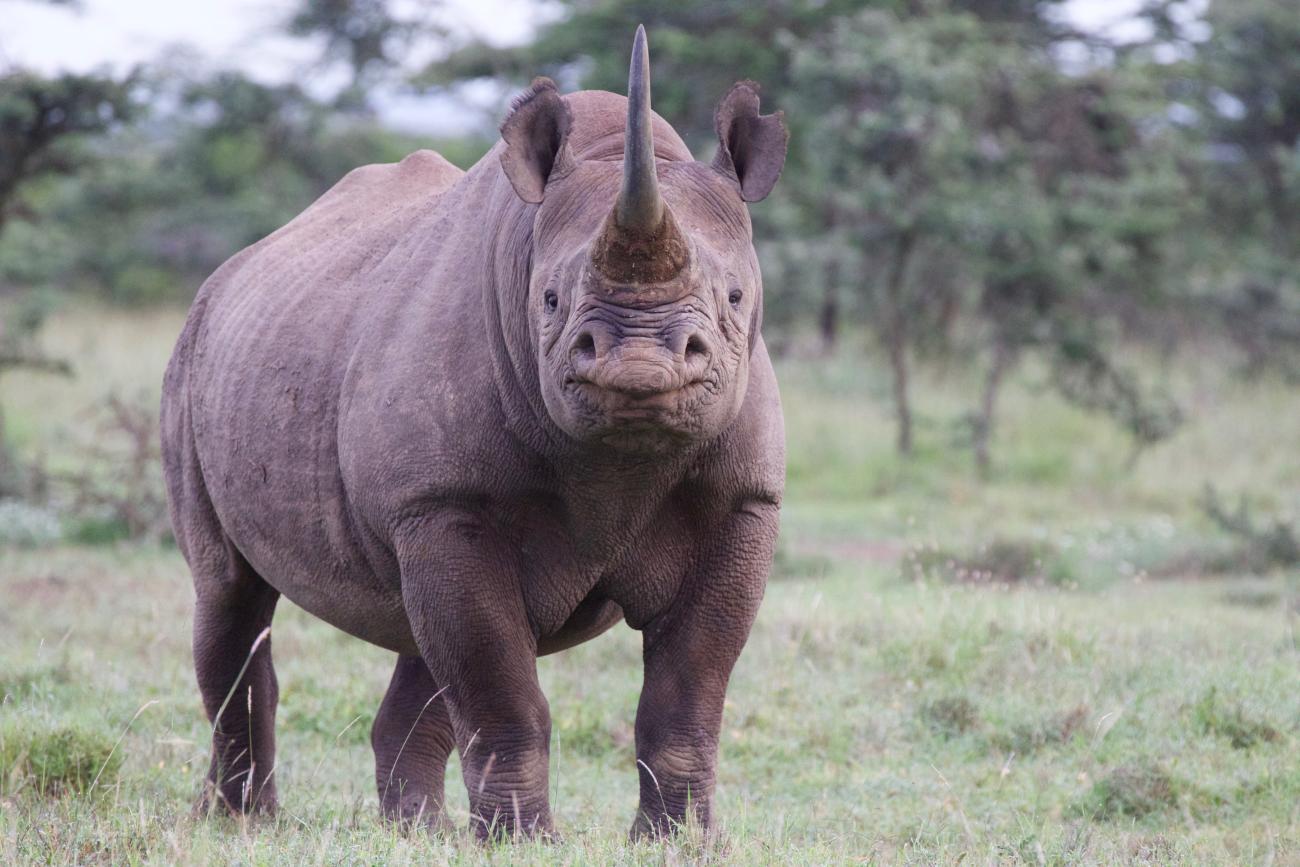Wildlife Health
The Global Health Program identifies and addresses health concerns in threatened wildlife populations. Their work is focused in East Africa and Southeast Asia — biologically and culturally diverse regions that are home to some of the most endangered keystone species on the planet.
Survival of wildlife in these areas is threatened by habitat loss, poaching and disease, among many other factors. Such threats to survival are only exacerbated by the lack of support, resources and trained wildlife health specialists around the world. Through in situ clinical care, research and training, the Global Health Program plays a critical role in stabilizing wildlife populations so that all species and ecosystems may thrive.
Projects
Advancing Care in Panda Medicine in China ›
The Chengdu Research Base of Giant Panda Breeding, or Chengdu Panda Base, is a Chinese institution renowned for advances made in the propagation of giant pandas — one of the world’s most charismatic and endangered species.
Advancing Orangutan Care in Borneo ›
The Global Health Program works with International Animal Rescue Indonesia to ensure that disease risk does not pose a threat to rescued orangutans.
Anthrax Epidemiology and Vultures ›
Smithsonian scientists and partners are investigating the epidemiology of anthrax in free-ranging vultures across Kenya.
Gorilla Health in the Wild ›
The Global Health Program travels to East Central Africa annually to collaborate with Rwandan, Congolese, and Ugandan field veterinarians on research projects to benefit the conservation and health of the endangered mountain gorilla.
Investigating Oryx Diseases in Chad ›
Researchers are investigating infectious diseases that might circulate in wild antelope and domestic ungulates (like camels, cattle, goats and sheep) in Chad.
Lion and Cheetah Genetic Health in Kenya ›
Scientists are investigating carnivore genetics, population health and conservation management in Kenya's Maasai Mara region.
Novel Platelet-Derived Treatment for Elephant Endotheliotropic Herpesvirus (EEHV) ›
Smithsonian scientists are investigating EEHV, a virus that impacts Asian elephants.
Pangolins: Health and Conservation ›
Smithsonian scientists study infectious disease, clinical health and conservation medicine of pangolins, the world's most trafficked mammals.
Rhino Conservation and Medicine ›
Smithsonian scientists are conducting a rhinoceros medicine workshop in Kenya and investigating a skin infection plaguing the endangered black rhinoceros.
